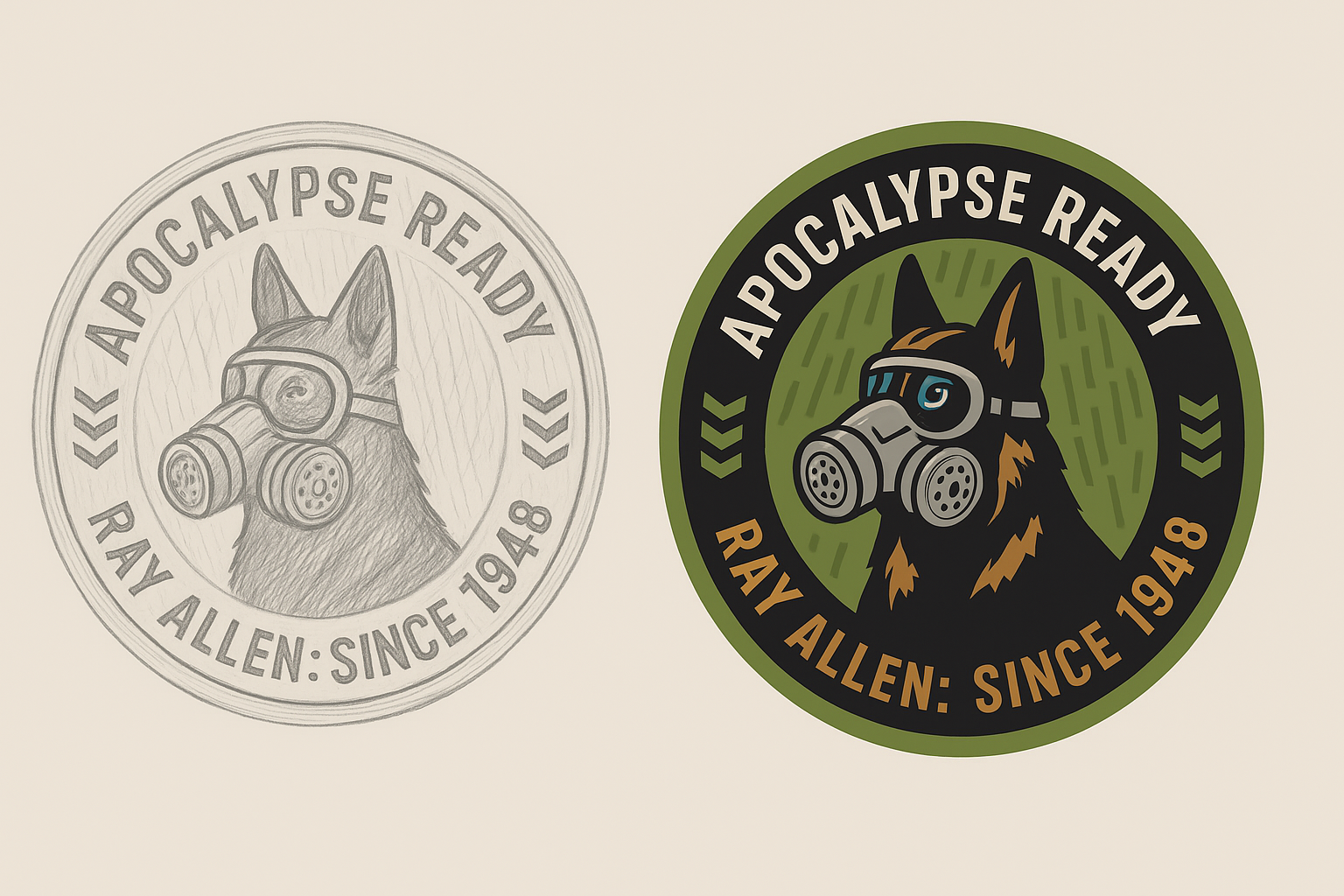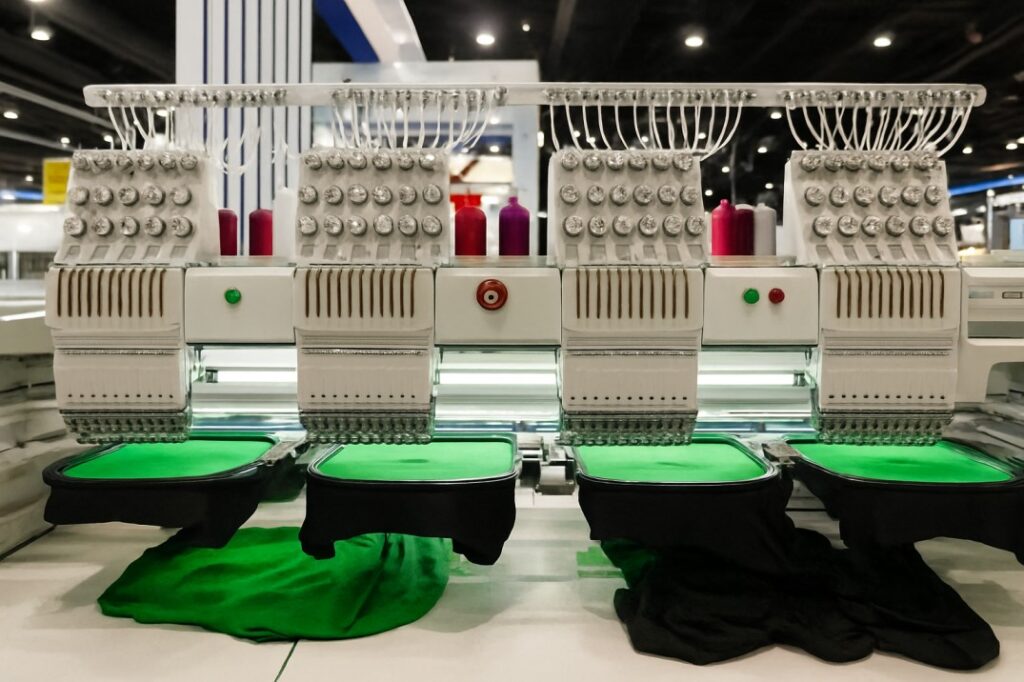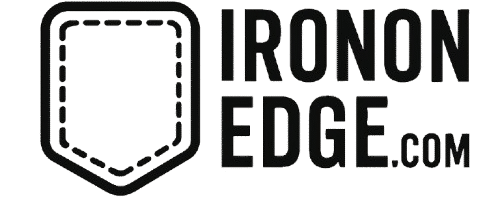How a Custom Patch Is Made: From Thread to Finish

Custom patches are more than just decorative accessories—they’re miniature works of art that tell stories, showcase identities, and carry brand messages. Whether worn on a denim jacket, displayed on a backpack, or attached to a military uniform, each patch undergoes a meticulous process from concept to completion.
In this guide, we’ll walk you through every stage of creating a custom patch, combining craftsmanship with modern production technology.
1. From Idea to Artwork

Every patch begins with a vision. It might be a hand-drawn sketch, a digital graphic, or even a photograph. The goal at this stage is to translate the concept into a design that works well in thread, PVC, woven fabric, or printed material.
Designers focus on:
- Color palette selection to ensure vibrancy and contrast.
- Shape and size to balance visibility with wearability.
- Detail simplification so fine lines and small text remain legible once stitched or molded.
This early step sets the tone for the entire process, ensuring the patch not only looks good on paper but also in its final form.
2. Choosing Materials and Backing
The choice of materials defines the durability, texture, and feel of the patch. Common base fabrics include:
- Twill for a smooth, durable finish.
- Felt for a soft, traditional touch.
- Canvas for a rugged, heavy-duty look.
Thread types also make a difference:
- Polyester thread for fade and fray resistance.
- Rayon thread for a high-gloss, professional finish.
- Metallic thread for decorative sparkle.
Backing options complete the patch’s foundation:
- Iron-on backing for easy home application.
- Velcro backing for removable and interchangeable use.
- Adhesive backing for temporary placement.
- Sew-on backing for long-term, permanent attachment.
3. Digitizing the Design
Before production begins, the design must be transformed into a format the manufacturing equipment can interpret. This is called digitizing.
For embroidered patches, digitizing involves mapping out stitch types, directions, and densities. For PVC patches, it means creating a 3D mold layout. The goal is precision—every line, curve, and texture must be represented accurately to ensure the final product matches the original vision.
4. Production: Bringing the Design to Life

Depending on the patch type, the manufacturing process varies:
- Embroidered Patches: Automated embroidery machines stitch the design onto the base fabric with exact thread counts, layer by layer.
- Woven Patches: Threads are woven together to create highly detailed, fine designs ideal for small lettering.
- Printed Patches: Digital or sublimation printing transfers complex, full-color images directly onto the fabric.
- PVC Patches: Liquid PVC is injected into molds, layer by layer, for a durable, flexible, and weatherproof patch.
- Chenille Patches: Looped yarn creates a soft, raised texture, often used for varsity jackets.
5. Edge Finishing
The edge finish not only enhances appearance but also prevents fraying. Common styles include:
- Merrowed edges: Rounded, overlocked borders for classic patches.
- Laser-cut edges: Clean, precise shapes with sharp definition.
- Heat-cut edges: Sealed fabric edges to prevent unraveling.
The choice depends on the shape, intended use, and desired style.
6. Backing Application
Once the patch is complete, the chosen backing is applied. Iron-on adhesive is heat-pressed, Velcro is stitched securely, and adhesive layers are affixed for peel-and-stick patches. This step ensures the patch can be attached exactly how the customer intends to use it.
7. Quality Control
Before packaging, every patch undergoes inspection for:
- Color accuracy.
- Stitch consistency.
- Correct sizing and shape.
- Clean edges without loose threads or bubbles.
This ensures every piece meets the standard for both aesthetics and durability.
8. Packaging and Delivery
Finally, patches are prepared for shipment. They may be packaged individually for retail or in bulk for large orders. Clear labeling, protective wrapping, and climate-safe storage conditions ensure they arrive in perfect condition, ready to be worn or displayed.
9. The Cultural and Branding Impact
Custom patches have a long history—from military insignias and scouting achievements to fashion brand statements. In modern branding, they offer a cost-effective way to boost identity, create community, and encourage customer loyalty.

When done right, a patch becomes more than fabric and thread—it becomes a badge of belonging.
Final Thoughts
The journey of a custom patch—starting as a simple idea and ending as a tangible product—blends creativity, technology, and skilled craftsmanship. Whether you’re designing for personal use, corporate branding, or large-scale retail, understanding each stage of the process ensures a patch that’s not only beautiful but built to last.
